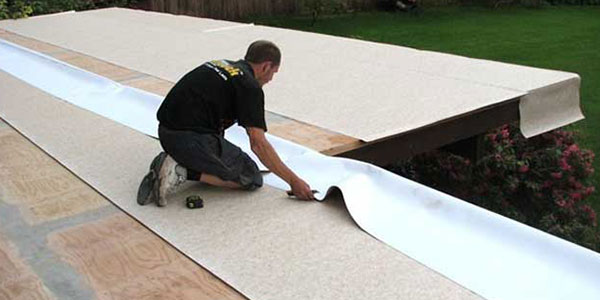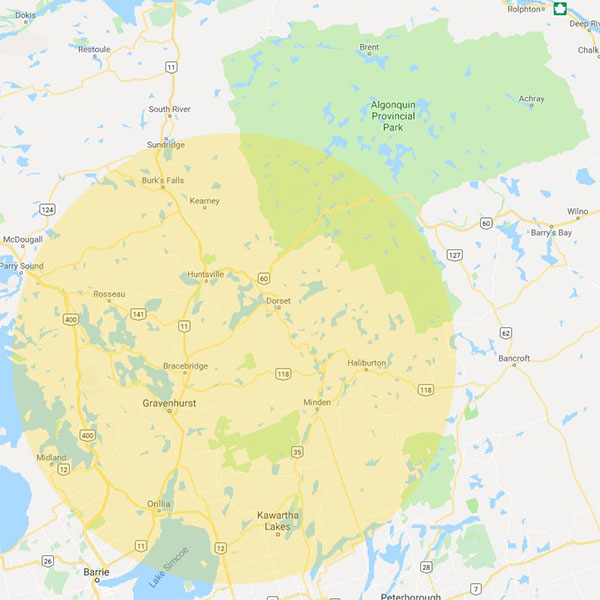Understanding some basic vinyl decking facts will help you determine if vinyl decking is the right choice for your project. Explore the pages in this menu for everything you need to know about installation, maintenance, applications, and product comparisons.
The prime functions of vinyl decking are to:
- Waterproof the space beneath.
- Protect the structure from rot.
- Eliminate maintenance.
- Provide a durable, long lasting, skid resistant surface.
Vinyl Membrane Construction
Vinyl decking is constructed with Polyvinyl Chloride (PVC), which is today’s best way to prolong the life cycle of various building products. It performs an admirable job in delaying the inevitable; however, all products designed for exterior use and under constant exposure of the elements will eventually show some signs of degradation.
Manufacturers add UV screens and stabilizers to prolong the life of PVC materials. These additions are designed to assist the vinyl to resist cracking, embrittlement and discolouration. Some vinyl products are produced without any UV and Mildew Inhibitors in the bottom ply of the membrane. Duradek is manufactured for the highest quality with these important ingredients in both the top and bottom ply.
North American building codes dictate that 60 mil is the required thickness for pedestrian traffic roofing membranes (commercial flat roofs only require only 48 mil thickness). Today, there are many decks still benefiting from the waterproof protection of 24 mil vinyl. When in doubt of how thick a deck or flat roof vinyl needs to be, always refer to the current building code standards.
Appearance versus Waterproofing
As a general guideline
The lighter the colour you choose, the cooler the surface will stay and the less deterioration will occur.
Darker colours will fade faster and be warmer on the feet.


